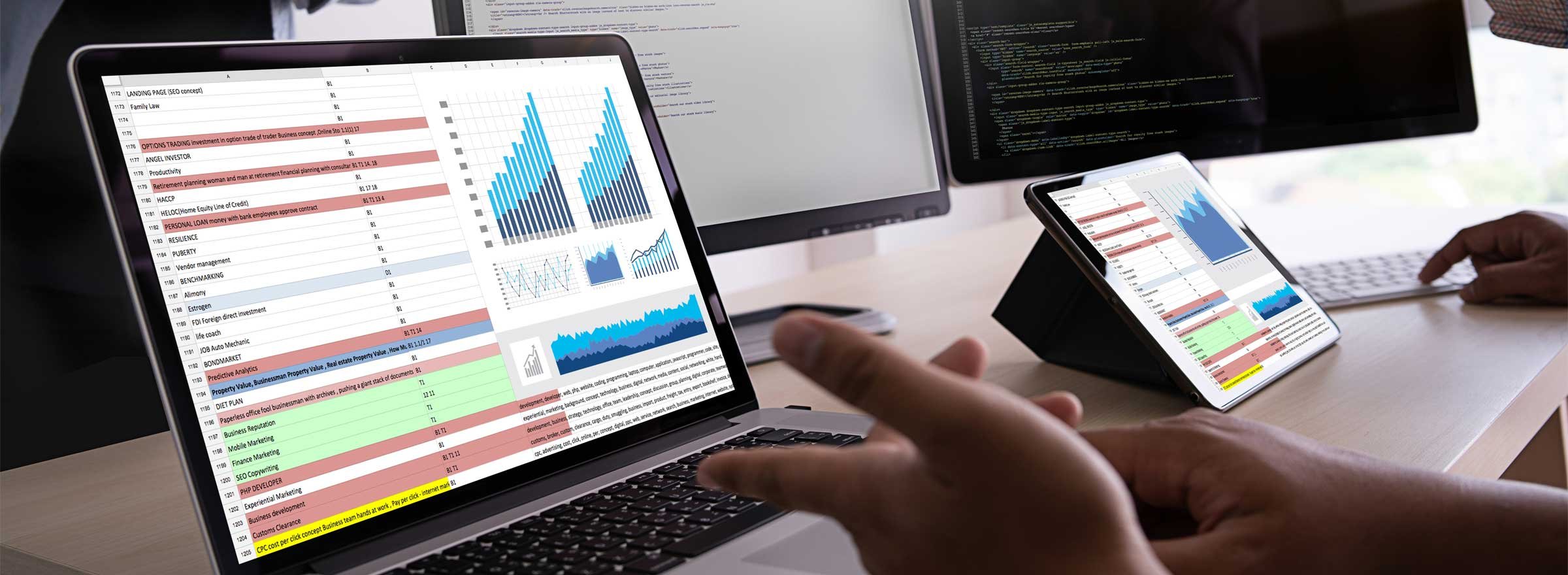On July 1, 2023, Google will retire its Universal Analytics (UA) platform, taking with it any data stored in UA properties. This means that any organization using Universal Analytics will need to create new properties in Google Analytics 4 (GA4), which is the latest version of Google Analytics with some updates to the structure and features included in the service.
These changes might seem a long way away, but nonprofits using UA should start planning for the shift now. Here's a more in-depth explanation of what is happening and how it will affect you.

What Is Changing?
Beginning July 1, 2023, Google has announced that Universal Analytics will no longer be available. This means that any UA properties you have will stop collecting data and you will not be able to create new ones. From the day that UA is officially retired, you will have six months to back up data that is held in your UA properties. After that, the data will be deleted, and you won't have access to your UA dashboards.
There are two main sets of implications of this for nonprofit organizations. One is that users of UA properties will need to set up GA4 properties to replace them and adjust to the differences between the platforms. The other relates to the ongoing backup, storage, and use of the data that was previously stored in UA properties.
Universal Analytics and Google Analytics 4: Key Differences
Before the July 2023 change occurs, you will need to create Google Analytics 4 properties to replace any Universal Analytics properties you are currently using. These new properties will not collect any data until you add them to your website, nor will they backdate or carry over any data from your Universal Analytics properties.
The Google Analytics 4 platform has some operational differences, some of which will be noticeable for nonprofit users. First, there are fewer pre-made reports, but the Explorer tab helps you to build your own custom reports that display all of the information you need at a glance.
You may also notice that page views are now logged as "events" rather than "hits," as they are in UA. This is a result of some machine learning efforts by Google, which essentially try to show a more holistic picture of how someone is interacting with your site.
So, let's say you have a page on your site aimed at prospective volunteers. You have set Google Analytics to track page views, when someone watches a video on that page, and when they fill out a volunteer interest form. In UA, the page view would be a different type of interaction from the other two. In GA4, however, these are all events, which you can view as a single user flow to better see how user actions are linked and understand overall user behavior.
One feature that will benefit many nonprofits is the ability to label any type of interaction as a "conversion." In UA, only purchases were considered to be conversions; in GA4, you could label any event as a conversion — for example, a newsletter sign-up, a donation, or someone filling out a volunteer form. This helps you to better track your organization's unique goals and your growth over time.
Data Retention
A very significant change for Universal Analytics users is the deletion of data from the UA platform. If you have used UA for a long time, you might have years or decades of searchable, analyzable data living in your properties. Some time after UA properties stop collecting data, all of your data will be deleted, and you will no longer have access to it. Google has not yet specified when this will happen, but it will be at least six months after the initial sunsetting of UA on July 1, 2023.
The only way to retain this data is to export it to a different platform before that time is up. You can export your data to BigQuery, which is a data warehouse offered by Google that provides a direct link from Google Analytics. Alternatively, you can sign up for an external data warehousing service like Snowflake. However, you'll need some level of expertise in SQL and data analytics to use your data. If you only need to retain individual reports, you can export them directly from UA in CSV, TSV, and PDF formats as well as to Google Sheets or Excel.
In addition, Google Analytics 4 will retain historical data for a maximum of 14 months. This means that if you want to access and analyze data that is more than 14 months old, you should find a solution that allows you to back up your information and access it on an ongoing basis. Unlike Universal Analytics, which had no limit on historical data storage, Google Analytics 4 will no longer offer a free way to retain your data for longer than this 14-month period.
Please note that if you are a Google Analytics 360 user, then you will have a longer window to back up your data after UA is retired, and you will have access to BigQuery at a lower cost.
Be Prepared for the Changes
You have a few months to act before Universal Analytics is retired. We recommend that you create the properties you need in Google Analytics 4 as soon as possible so that you are well adjusted and have a reasonable backlog of data by the time the changes occur. You should also assess your data retention needs and find a suitable backup solution and budget for it.
TechSoup’s Migration Services can help to make the transition as easy as possible. If you need some extra support, we will support you through the journey of switching over to GA4 properties while retaining as much of your data as possible.
Unsure about what support you need? Fill in the form on our Digital Marketing Services page to get in touch with a member of our team who can help you work out the next step.
We will continue to monitor the change and provide updates, and you can find more information on Google's support page.
Additional Resources
- Take TechSoup Courses' Gotta Get Google Analytics.
- See a webinar on Measuring What Matters with Google Analytics.
- Learn about The 3 Types of Nonprofit Dashboards — and How to Build Each One.
Top photo: Shutterstock








